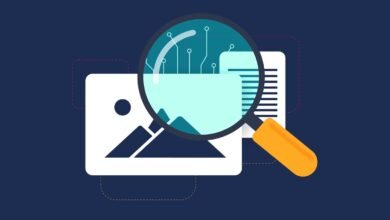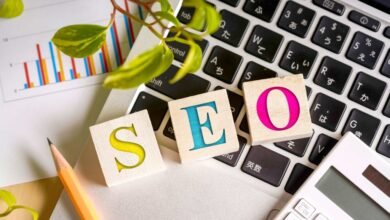Technologies Would Sway Industrial IoT (IIoT): The Top 5
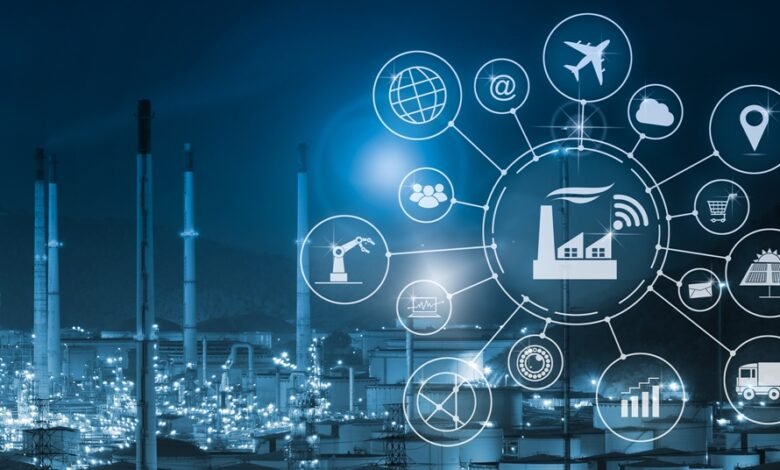
Do you know The 5 Technologies Would Sway Industrial IoT (IIoT)? Establishing the Internet of Things (IoT) in businesses or manufacturing facilities is referred to as the Industrial Internet of Things, or IIoT. Thanks to IoT app development businesses, the Internet of Things (IoT) machines and other Internet-connected devices are already a reality and are intended to simplify our lives.
Gartner has predicted that by 2022, Internet of Things (IoT) endeavours using artificial intelligence will approach 80% due to vital upper hands and all the massive expenses in businesses. Compared to that number, the percentage we see today is only 10%, yet analysts still anticipate a bright future for the Internet of Things (IoT).
Read More: EHR vs. EMR Definition, Benefits & EHR Usage Trends
With the Internet of Things (IoT), which collaborates without human intervention, anything that businesses may imagine is achievable. In 2021, there were already 10 billion active IoT devices; by 2030, this number is expected to double or even increase.
The IoT applications are essentially endless, and the industries in which this innovation is used are constantly growing. The Internet of Things (IoT) offers numerous technological applications for implementation at an industrial level, therefore it isn’t merely a client-driven innovation to assist daily life.
Read More:
Industrial IoT (IIoT) Enabled by 5 Technologies for A Practical World
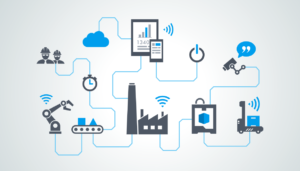
-
Artificial Intelligence
With AI algorithms that have a high intelligence quotient, tasks like classifying readings and forecasting based on the available data may now be completed automatically. These involved jobs aid in task optimization and improve both assistance and execution, with machine streamlining aiding in failure detection via sensing.
While some AI devices handle optimization problems that are inherently hard or time-consuming, other AI devices give dynamic, useful information from real-time data to aid in decision-making. Businesses should be aware of the sort of AI that is anticipated to handle optimization, as this will help them plan their operations in advance and prevent a time-consuming cycle of integrating existing optimization techniques into contemporary frameworks.
-
Edge Intelligence
The system focuses on, among other things, determining where the information is produced, sending the results of the cycle via the Internet when necessary, and reducing costs and the amount of bandwidth needed for a transfer. This is a very intelligent use of the Internet of Things (IoT), with things like using cameras that are perfect for seeing items, people helping with information sectioning and tallying, and so on.
Edge intelligence is becoming more and more popular as a result of the Covid-19 emergency since it can monitor key locations like entrances to schools, workplaces, retail establishments, and so on. This is achievable because it enables safe field access while also assisting applications that are far away.
-
Smart Robotics
Artificially intelligent robots are designed to do preventative maintenance using Internet of Things (IoT) sensors to help with maintenance requirements and to also initiate fixes before the robotic parts malfunction. Furthermore, a great example of Internet of Things (IoT) technology on a bigger scale is collaborative robots within a company.
In this context, Internet of Things (IoT) technology enables robots to collaborate closely with people and recognise inputs over Ethernet. The collaboration that results enables Smart Robots to comprehend jobs and how they might be completed automatically, minimising manual efforts and resulting in significant time and organisational resource savings.
-
Track and Trace Innovation
The main issue with track and trace technology that uses the Internet of Things is that employees or coworkers spend a significant amount of time looking for equipment that is necessary to complete their tasks at work or in industrial settings. Due to this, Bosch investigated the application of IoT in freight management by integrating sensors into its systems to track them throughout the entire process, starting with a cordless nutrunner.
The nutrunners play a crucial part in the location of information so that the torque associated with each operation is automatically examined with the goal of understanding what is the force necessary to tighten screws safely. Since the nutrunners’ objectives are more precise,
-
Self-driving Tech Innovation
An amazing achievement in terms of vehicles using the Internet of Things or IoT for an agricultural benefit is the Internet of Things innovation John Deere brought about in self-driving vehicles such as tractors. There is no question or ambiguity as to the fact that the company emerges as a leader in GPS innovation, contributing to, to put it mildly, seamless mobile connectivity between technology, people, and machines.
READ: A Comprehensive Bitrix24 Review 2022: Specifications, Costs, and More
Tractors with accuracy of up to 2 millimeters have been built using the most modern frameworks. The company goes above and above by implementing telematics innovation for programmed aiding in predictive maintenance.
Modern Internet of Things
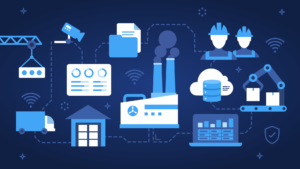
The modern-day Internet of Things or IoT doesn’t mean enormous frameworks and machines that complete complex mechanical cycles. It can likewise be little sensor gadgets equipped for giving information, data, and cautions, which assist doing an everyday business investigation, deploying straightforward automated responses to begin working upon certain conventions consequently.
Key Takeaways
Therefore, the Industrial Internet of Things, or IIoT for short, focuses on creating environments that are appropriate for verifying, gathering data, researching information, and making decisions quickly and compellingly using hyper IoT networks.
In fields like energy, railroads, or organizational operations, there are currently a lot of plants and mechanical foundations on the globe that are connected to the Internet via IoT devices and sensors.
Although it is also acquiring a lot of importance in sectors like agribusiness, health, and trade, the areas that will profit the most are those that deal with manufacturing and automobiles. The Industrial Internet of Things, or IIoT, can take off thanks to this and other digital security circumstances, meaning a remarkable development in


